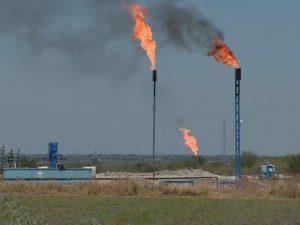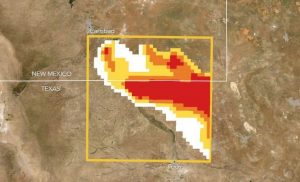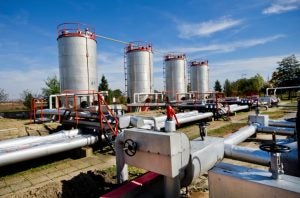 A journey of miles starts with a single step, and for the U.S. oil and gas industry and its financiers, supporting strong and swift methane regulation by the incoming Biden administration is a big step on the road to climate progress.
A journey of miles starts with a single step, and for the U.S. oil and gas industry and its financiers, supporting strong and swift methane regulation by the incoming Biden administration is a big step on the road to climate progress.
Cutting methane emissions from the oil and gas sector is the single fastest thing we can do to limit the rate at which our climate is warming. There is no more impactful way to make up for lost time than finally instituting stringent standards to slash methane emissions from all sources across industry.
That’s because the emissions problem is egregious, the technology solutions abundant and cost effective, and the policy routes straightforward.
The old voluntary versus regulatory debate is behind us. Now, with the Biden administration firmly committed to reducing oil and gas methane emissions, a new era has begun.














